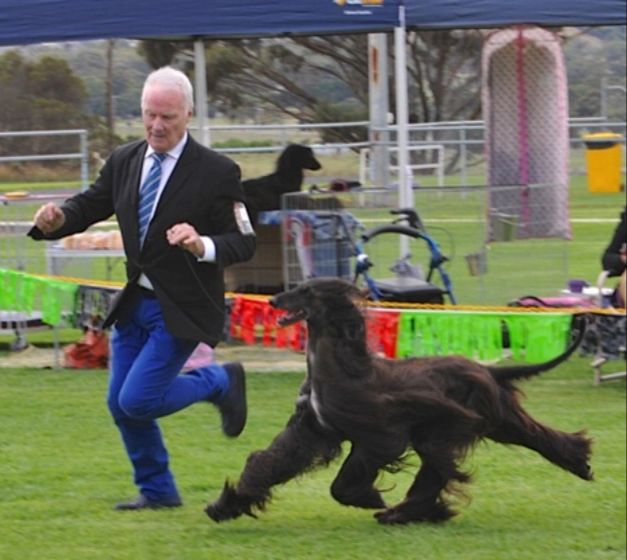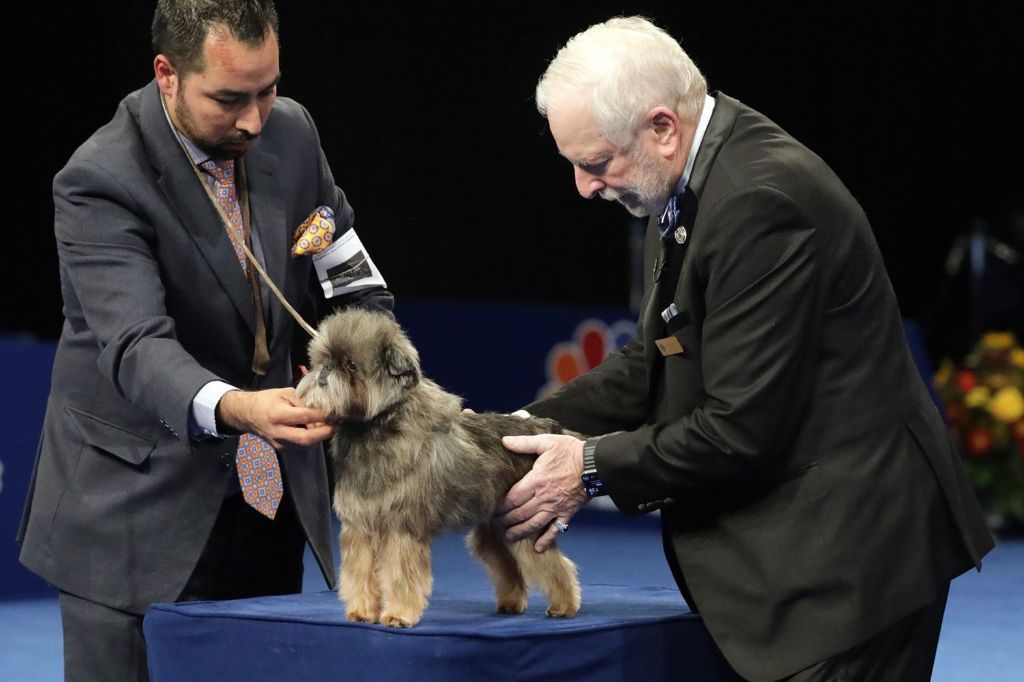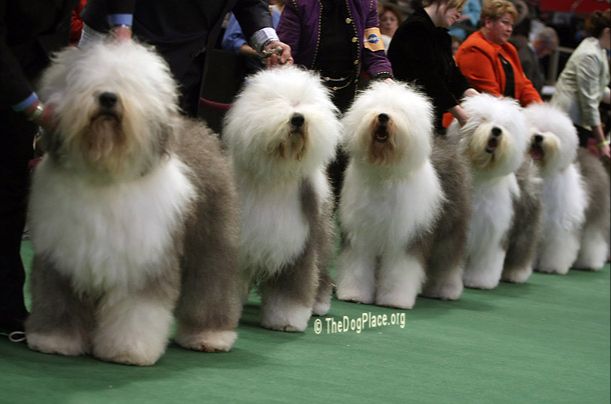Introduction
Dog shows have been a popular competition for dog owners and enthusiasts for over a century. The first dog show is attributed to England in 1859 at Newcastle-on-Tyne (https://www.marcpetite.com/blogs/best-dog-show-national-world-usa-uk-europe/best-world-national-and-international-dog-shows). Dog shows started in America in the late 1800s, with the Westminster Kennel Club Dog Show first held in 1877. The purpose of dog shows is to evaluate breeding stock and celebrate the most exemplary purebred dogs. Today’s dog shows are highly organized events with strict rules and regulations. While formats can vary, most evaluate dogs on their conformation to the breed standard set by kennel clubs. Titles are awarded based on placements, and the Best in Show is chosen as the top dog across all breeds. Dog shows have grown into a major competitive spectator sport, showcasing the broad diversity of dog breeds.
Dog Show Organizations
Dog shows are sponsored and sanctioned by various kennel clubs around the world. Some of the largest and most well-known include:
The American Kennel Club (AKC) is the primary organization and registry for dog shows in the United States. The AKC sanctions events for purebred dogs registered with their organization. Other notable kennel clubs in the U.S. include the United Kennel Club (UKC) and the National Kennel Club (NKC).
The Kennel Club in the United Kingdom sponsors dog shows and issues pedigrees. It is considered the oldest kennel club in the world, being founded in 1873.
The Fédération Cynologique Internationale (FCI) includes kennel clubs from 84 countries and issues breed standards across the world. The Canadian Kennel Club, The Kennel Union of Southern Africa, and the Australian National Kennel Council are examples of national kennel clubs affiliated with the FCI.
These major kennel clubs set standards and rules for dog shows, issue pedigrees, maintain breed registries, promote events, and sanction judges. Competitions sponsored by these organizations can award regional, national, and international titles.
Eligibility Requirements
To be eligible to compete in AKC dog shows, there are certain requirements around age, breed standards, and registration that must be met. According to the AKC’s open registration policy, dogs must be born in the United States or one of its territories to be eligible for registration https://www.akc.org/register/information/open-registration/. Additionally, each breed has specific characteristics, temperament, structure, and function outlined in the breed standard that dogs must conform to.
For age requirements, puppies must be at least 6 months old to compete in obedience and agility trials. For conformation shows, the minimum age is 6 months but many breeds specify the puppy must be at least 12-18 months to allow maturity of features and structure. There are separate classes at shows for puppies versus adult dogs.
In terms of registration, all competing dogs must be registered with the AKC and have complete registration paperwork on hand at shows. Dogs can be registered by litter or individually by mail or online. Owners must maintain records of the dog’s breed, registered name and number, date of birth, litter number, and other identifying information. More details on registration procedures can be found on the AKC website https://www.akc.org/register/information/register-by-mail/.
Competition Levels
There are several levels of dog show competitions. The main types are all-breed shows and specialty shows (A Beginner’s Guide to Dog Shows).
All-breed shows offer competitions for over 175 AKC-recognized breeds and varieties of dogs. They are the largest events open to all AKC-registered dogs. Judges evaluate dogs against their respective breed standards to select the dog that most closely conforms to the ideal for that breed (A Beginner’s Guide to Dog Shows).

Specialty shows are limited to dogs of a specific breed or to certain groups of breeds. For example, the Labrador Retriever Club holds an annual national specialty show. Only Labrador Retrievers are eligible to compete. Specialty shows enable judges to gain a deeper understanding of a specific breed when evaluating multiple examples together (Understanding the Different Types of Dog Shows).
There are also competitions like obedience trials, agility trials, rally trials, tracking tests, and more that showcase a dog’s skills and training. The most well-known events, however, are conformation dog shows.
Judging Criteria
Judges at AKC dog shows evaluate each dog against the written standard for their breed. The breed standard describes the ideal specimen in terms of appearance, structure, gait, and temperament. Judges must have an extensive knowledge of the standards for all breeds they are licensed to judge.
When examining each dog in the ring, judges make notes on catalogs or judges’ books, evaluating the dog’s condition, grooming, and presentation. The condition refers to the dog’s physical fitness, muscle tone, and weight. Grooming covers the dog’s coat, nails, ears, and teeth. Presentation refers to the handler’s ability to showcase the dog’s structure, movement, and attitude. The overall picture should demonstrate good health and conditioning, excellent grooming, and ideal structure and gait, enabling the judge to perceive the essence of the breed.
While judging, breeder-judges keep in mind their vision of the ideal dog described in the standard. Judges must also consider how much the dog adheres to the standard compared to the competition in its class that day.
Ring Procedures
The judging of each breed begins when the judge signals the steward to bring the dogs into the ring. According to the AKC, the order of judging is as follows (Rules, Policies and Guidelines for Conformation Dog Show Judges):
The judge will evaluate each dog individually, assessing their structure, movement, and overall appearance. The judge will examine the dog’s teeth, coat, eyes, ears, feet, muscles, and structure. The dogs will be moved at a walk and a trot around the ring so the judge can evaluate their movement and gait.
There are three main gaits that dogs are judged on in the ring: the walk, trot, and down and back. At a walk, the dog should move easily and freely with reach and drive. On the trot, the dog’s gait should be balanced, smooth, powerful and effortless. On the down and back, the dog moves away from the judge and then returns, allowing evaluation of side movement.
After individual examination, the judge will have the dogs line up for final consideration before awarding placements. The judge will justify their placements by comparing each dog to the breed’s official standard. The best dog that most closely matches the standard is awarded first place.
Titles and Prizes
Winning placements and titles at dog shows carry great prestige and honor. According to the American Kennel Club (AKC), “The AKC offers over 15,000 titles in dog events that include: conformation, obedience, agility, tracking, herding, lure coursing, earthdog, rally, and more”[1]. The most coveted title is “Best in Show”, awarded to the top dog across all breeds competing that day.

Other major wins include Best of Breed, awarded to the top dog in each AKC recognized breed at a show. Best of Opposite Sex is given to the top dog of the opposite sex in the breed. Group placements are given for the top dogs in each of the seven AKC breed groups – Sporting, Hound, Working, Terrier, Toy, Non-Sporting, and Herding. Common abbreviations for placements include BOB for Best of Breed, BOS for Best of Opposite Sex, BOW for Best of Winners.
Beyond placements, dogs can earn points toward championship titles sanctioned by organizations like the AKC. Examples include “Champion” abbrevated CH, “Grand Champion” as GCH, and “National Champion” as NCH[2]. Each title has specific requirements in terms of number of points, wins, and sanctions needed to attain it. The titles demonstrate a dog’s quality and breed standards.
Handling and Presentation
Proper handling and presentation of your dog in the show ring is critical for success. Effective handlers use techniques like baiting with treats to keep the dog’s attention and ensure they stand still while being examined by the judge. According to Dog Show Tips and Tricks, it’s best to show your dog on an empty stomach by feeding them in the morning prior to an afternoon or evening show. This helps keep them focused on the bait and less likely to get distracted.
In addition to baiting, handlers should train the dog thoroughly on skills like stacking (standing with feet placed squarely under the body) and gaiting (walking at a steady, controlled pace). The handler leads the dog through these maneuvers as directed by the judge. Smooth transitions between stacking, gaiting and turning are key. The handler must pay close attention to the judge and quickly react to commands.
Proper grooming and presentation is also critical. The dog’s coat should be thoroughly brushed and bathed. Nails should be neatly trimmed. Many breeds require special clipping and styling to accentuate key features. The handler must present the dog in a way that adheres to the breed standard and allows the judge to properly evaluate structure and movement.
Sportsmanship and Ethics
The AKC holds dog shows to high ethical standards and expects exhibitors to conduct themselves with integrity and honesty. The AKC Code of Sportsmanship https://images.akc.org/pdf/AKC_code_of_sportsmanship.pdf outlines rules against cheating, misconduct, and unsportsmanlike behavior. Exhibitors should always treat dogs humanely and never subject them to harsh handling or training methods.

The AKC prohibits the following unethical practices:
- Misrepresenting a dog’s breed, age, or eligibility for a class.
- Using baiting, double handling, or similar techniques to distract or interfere with other dogs.
- Verbal or physical abuse towards dogs, judges, or fellow exhibitors.
- Excessive criticism or complaining about judges’ decisions.
Exhibitors found cheating or engaging in unsportsmanlike conduct may face disciplinary action including suspension or loss of AKC privileges. The AKC aims to promote good sportsmanship and ethical competition not just at dog shows but also online. Exhibitors must be respectful on social media and in online communities https://www.akc.org/expert-advice/sports/good-sportsmanship-online/. Upholding high standards ensures dog shows remain fair and enjoyable for all.
Conclusion
Dog shows provide an entertaining and educational way for breeders, owners, handlers and the general public to learn about various dog breeds. They serve the important purpose of preserving and promoting purebred dogs, evaluating breeding stock, and recognizing breeding achievements. Dog shows also showcase the unique qualities of different breeds and bring awareness to canine health, training, and responsible ownership.
While dog shows are a competitive event, good sportsmanship and responsible participation should be practiced by all. The judging process aims to select breeds and specimens based on established breed standards. Winning is an honor, but responsible breeding, ownership and handling are the real measures of success. Dog shows are constantly evolving and play a meaningful role in the history between dogs and humans.

